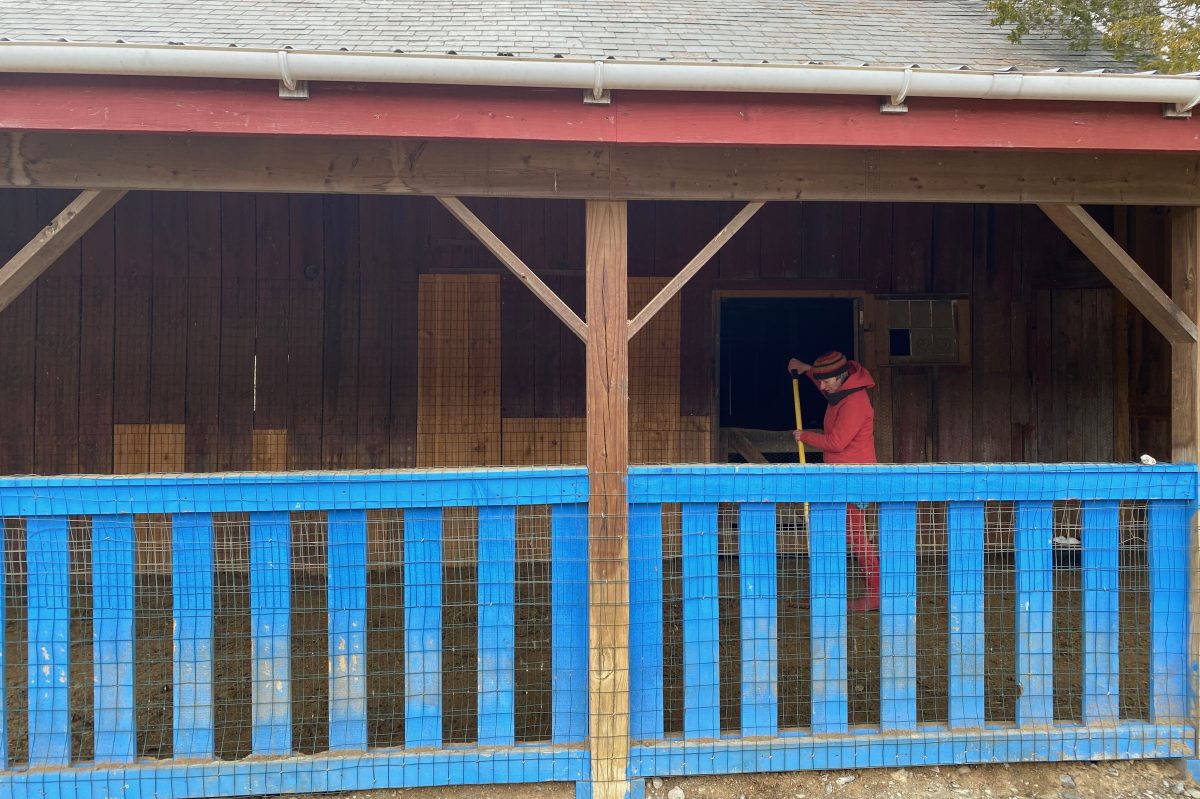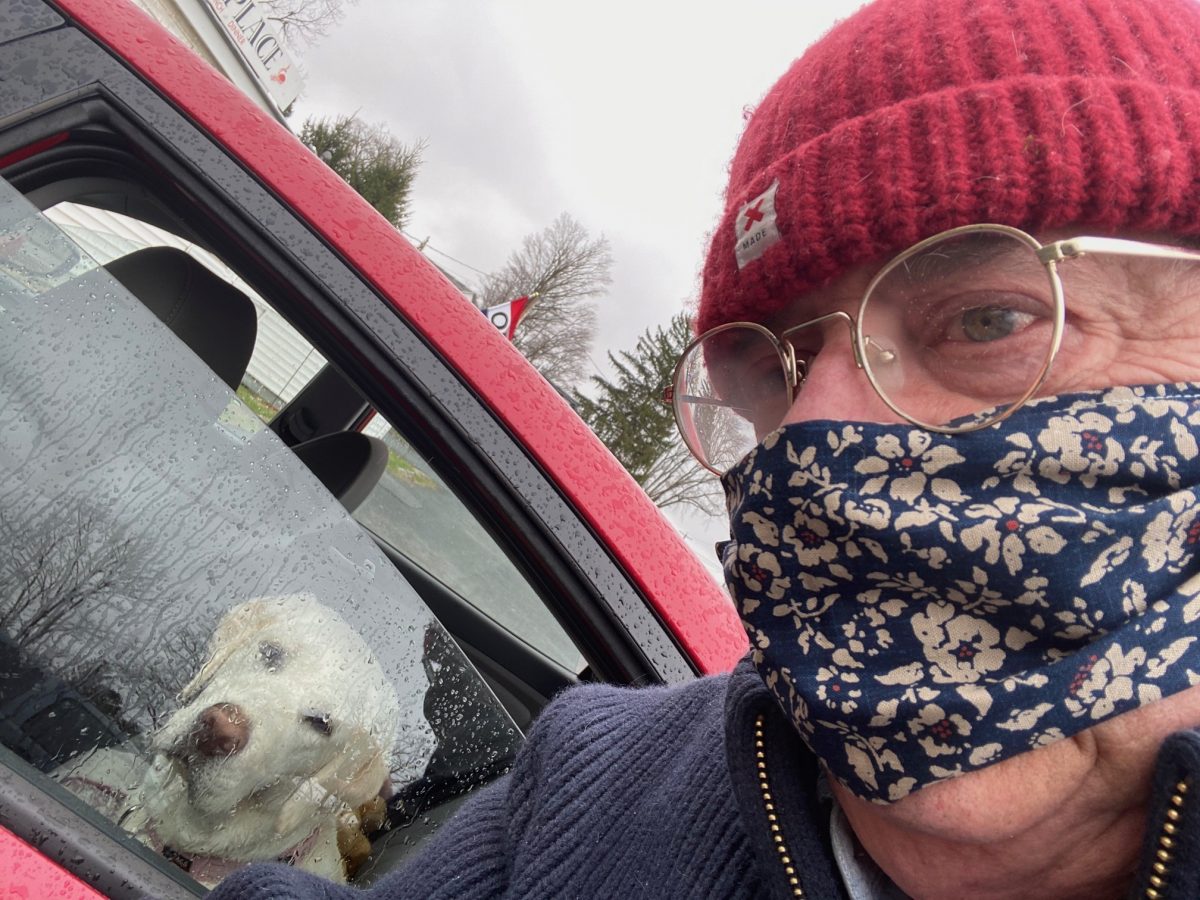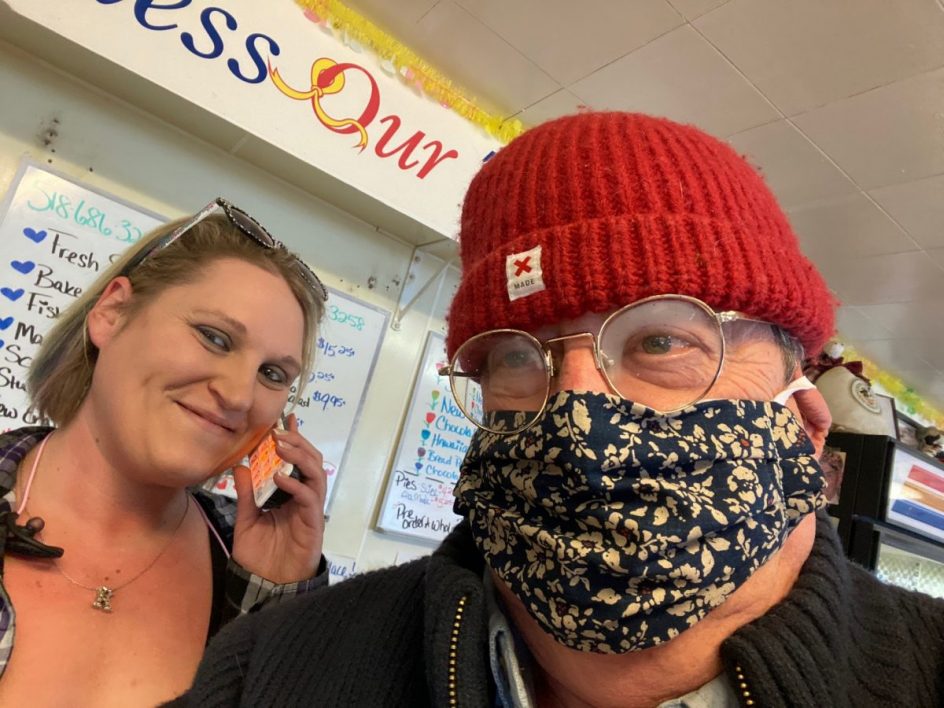Last night, at President Trump’s disastrous rally in Tulsa, the future of politics met the past. It was a rout. The past went squealing off like a dog who lost a fight.
Thousands of teenagers came out of nowhere to take down an unsuspecting President on the day of his big moment. The stakes were pretty high. Wait until he figures out what a bunch of teens on a social media platform did to him.
A Trump supporter in Tulsa told one reporter that the President’s eyes nearly popped out of his head when he first saw those empty seats.
He was trolled by teenagers and a grandmother on a web site that many adults in America have never heard of, but which is changing the way we think and talk to one another.
Working in secret and on alternative websites, they sprung a trap that got the President of the United States to overpromise and underdeliver in front of an attentive but exhausted nation.
We are only just learning how President Trump and his followers were humiliated by some teens on the joyously creative Web phenomenon TikTok, home to estimated 500,000 people, most of them very young and with a new kind of consciousness.
(A Tulsa city official said Sunday that only 6,200 people attended his rally, about one-third of the arena’s total capacity.)
I should mention that I am a member of TikTok.
It’s one of the most creative sites I’ve seen. It’s full of fun and originality; it’s where I am studying the new and wildly popular form of a short video that is the new language of communications for so many teenagers and even some older people like me.
As a subscriber to TikTok, I was not aware that hundreds of thousands of teenaged TikTok subscribers quietly and under the radar of adults and politicians launched a “no show” protest of President Trump’s rally more than a week ago.
Last March, the New York Times referred to Tik Tok as the revolutionary new website that is “Rewriting the World.” That’s when I first started looking at it and got hooked.
They were prescient, TikTok also began rewriting political history last night.
It seems more and more likely that they contributed to the low turnout by reserving tickets – hundreds of thousands of tickets – to an event they never planned to attend.
It is not clear if the Tik-Tok “no show” protest was entirely responsible for the low turnout – people without tickets were supposed to come in enormous numbers also.
And there were lots of good reasons not to attend Trump’s rally Saturday. It seems his supporters are smarter than he is.
But it now seems almost certain that the people on Tik-Tok were very much a factor in setting up the first time President Trump every saw an empty seat at his rally.
He didn’t like it and broke some new records lying and blaming other people – radicals, the media, “thugs” – for the empty seats.
The irony is that it wasn’t a teenager who inspired this tech-protest. It was a grandmother named Mary Jo Laupp, who suggested in a video that TikTok members launch a “no-show” protest against Trump by going online to reserve tickets to the rally, then to make a point out of not showing up.
The idea spread through the site like wildfire. K-pops followers jumped in.
The video went viral, and not only on Tik-Tok. The tech-savvy teens of America – notoriously disinterested in Old Fart politics – struck one of the most damaging blows yet against the President and his aggressive style of campaign.
All over this alternative social media alliance, the world spread virally to make the calls and send the messages that would reserve tickets to the rally. Trump’s campaign staff saw the calls coming in got dizzy, then greedy. They start bragging.
They believed their own hype and denial about the problems facing the President.
A bunch of visually gifted kids completely outgunned the campaign, which has raised hundreds of millions of dollars and specializes in ruthless and usually baseless assaults on opponents.
The fake reservations caused Trump and his campaign aides to boast that a million people were trying to order tickets online. “We’ve never had an empty seat,” Trump said at the White House.
Hundreds of thousands, they said, would come to Tulsa, even if they couldn’t get into the rally itself.
Trump was so excited that his campaign set up a new arena space and field to handle what they promised the country would be at least 40,000 people who couldn’t get into the main rally venue. He would go outside to talk to them.
Meanwhile, the Tik Top scheme launched by Laupp (she worked on Pete Buttigieg’s political campaign) was gaining followers.
TikTok users teamed up with fans of Korean pop music groups and claimed to have registered potentially hundreds of thousands of tickets for President Trump’s campaign rally as a prank.
On June 11, K-pop fan accounts began sharing “no show protest” information with followers, encouraging them to register for the rally- and then not show up.
The trend spread quickly to TikTok, where videos with millions of views instructed viewers to do the same.
“It spread mostly through Alt.TikTok – we kept it on the quiet side where people do pranks and a lot of activism,” You Tuber Elijah Daniel, 26, told the New York Times.
It was interesting that K-pop Twitter and Alt. TikTok formed a new kind of social media alliance for political reasons.
If you want to understand the future of politics, you might want to think about the implications of that.
It worked brilliantly this time; it will surely be tried again.
The teenagers not only ruined the President’s big and much-ballyhooed campaign kickoff, but they also showed up the Democratic Party and the legions of so-called traumatized “progressives.”
Trump’s opponents have been outboxed from the beginning, signing petitions, pleading for money, and writing impassioned and alarming posts on social media for four years.
The Tik-Tokers made a lot of people look old and ineffective, including our tired, long, and expensive campaign culture.
These kids did Trump more damage in one day than Trump’s many opponents and enemies have done in four years.
Trump has made a point of ridiculing and defaming the young as lazy, radical, and destructive. He has made no effort of any kind to reach out to young people or learn about their culture. He dumps on the culture of the young whenever he can.
I’m guessing he will start paying attention now.
Because young people are high up on the list of voters who dislike him, and TikTok showed us that when they get their shit together, they can do awesome things.
More than any other demographic they use tech and understand the tech-enabled culture better than anyone, they know how to use it.
Social media and the Internet is becoming more and more entrenched in the lives and work and commerce and culture – and politics – of Americans. TikTok’s “prank” whose us why it’s so essential this culture is recognized and understood, rather than lamented and criticized.
This new alliance between Alt.TikTok and J-Pop’s members also showed us just how out of touch with the future Trumpism is. Nobody believed a million people were seeking those tickets. Why did they?
They never saw it coming. I didn’t either, but then, I’m not running for President. Trump has always reveled in championing the past, but to me, his supporters at the rally just seemed tired and bewildered.
Money can buy lots of fancy equipment, but it can’t acquire the skills or energy you see on TikTok every day.
The relevant political issue is this: the country is changing radically and rapidly, kids have the tools of change firmly in hand.
If you don’t have the kids, you don’t have the future. And you soon enough may not even have the tools to campaign effectively for public office.
I’ve never seen or heard of teenagers organizing like this. Know it or not, they are seizing the future from the grumpy and mostly clueless old white men fighting so hard to turn the block back.
I keep saying it’s pointless to simply hate Trump and whining about what’s happening to our country. At some point, people have to go and do something.
The kids on TikTok have done that. And wow. What a lesson, and in so many ways, a window into tomorrow.
Trump and his campaign introduced the idea of trolls harassing critics and political opponents and polluting social media with hate messages before and after the election in 2016.
Now, the newly politicized kids on TikTok (I love TikTok, it’s one of the most creative sites every on the Web, I’m about to put up some videos of the animals and life here, TikTok style) have tasted their Wheaties.
The Trump campaign will be fending them off all year.
“I think if you do something and it turns out pretty good,” Steve Jobs said of technological innovation, “then you should go, do something else wonderful, not dwell on it for too long. Just figure out what’s next.”
That seems to me to be the ethos of the kids on TikTok. I can’t wait to see what’s next.
Tulsa left me hopeful that so many teenagers are taking the time to craft a new kind of political protest, just as Trump did with his trolling army and rallies in 2016. and afterward.
TikTok is about humor, irony, and innovation, qualities that do not exist in the Trump campaign or the President’s soul. We have not heard the last of them.
President Trump’s monster – the use of the Internet to disrupt and troll – has turned on him, as monsters are wont to do.
This is a big deal for politics and the future of our country.
If TikTok is tomorrow, Trump and his rallies are yesterday. The rally last night one last night seemed like a charade to me, hollow and out of date.
I could almost recite Trump’s speech verbatim as he gave it, only I couldn’t handle watching it for two hours.
Truth is essential to me; it has gone off to hide but shows some signs of returning, crawling out of its cave.
Nothing Donald Trump said was new. None of it was exciting, not even the entirely predictable roars, it feels so much like a cult now, not a political campaign.
I felt sorry for people who would risk their health and possibly their lives for absolutely no reason at all. It suggests to me they think they are worthless. I am glad some of his followers valued their lives more than his ego and stayed home.
For Trump’s MAGA people, Tulsa was the 2020 version of drinking that Kool-Aid.
Again and again, I had this thought today: it’s time to consider life after Trump. The future is lapping at our shores.
Saturday night, I sat up and thought about what I had seen. TikTok kept going through my head, that was the big story of the night. Davids had slain the Goliath.
I have never seen hundreds of thousands of teenagers and young kids using new social media to affect politics in this way. That is a transformative thing.
TikTok’s Blitzkrieg not only deflated the crowd in the arena, but it also fooled the Trump campaign into looking ridiculous and clueless.
When only 30 people showed up for the second rally outside, the “overflow,” crowd, it was hurriedly canceled.
The future is here, and we all can jump on the train or jump off. I’m in.
The post-Trump world will not be a paradise. It’s time to think about it. It will take a lot of hard work and many years to get things straight again. There are no magic wands for sale, even on the Internet.
Whoever follows Trump will lead a divided and discouraged nation in the grip of a Pandemic that our government will have denied and ignored for a year, and a government out of money in a country wracked by radically different visions and an ongoing and wrenching fight against racial injustice.
In many ways, the new President will have a lot more to worry about than the scowling and aging Trump, heading for 80 with even more things to whine about. He and the other angry white men will have a lot of golf to play, and a lot of time to play it.
The best anyone can hope for from Trump is for him to be quiet and hold things together. That’s probably hoping for too much.
“Never give in, never give in, never, never, never, never—in nothing, great or small, large or petty—never give in except to convictions of honor and good sense.” – Winston Churchill








